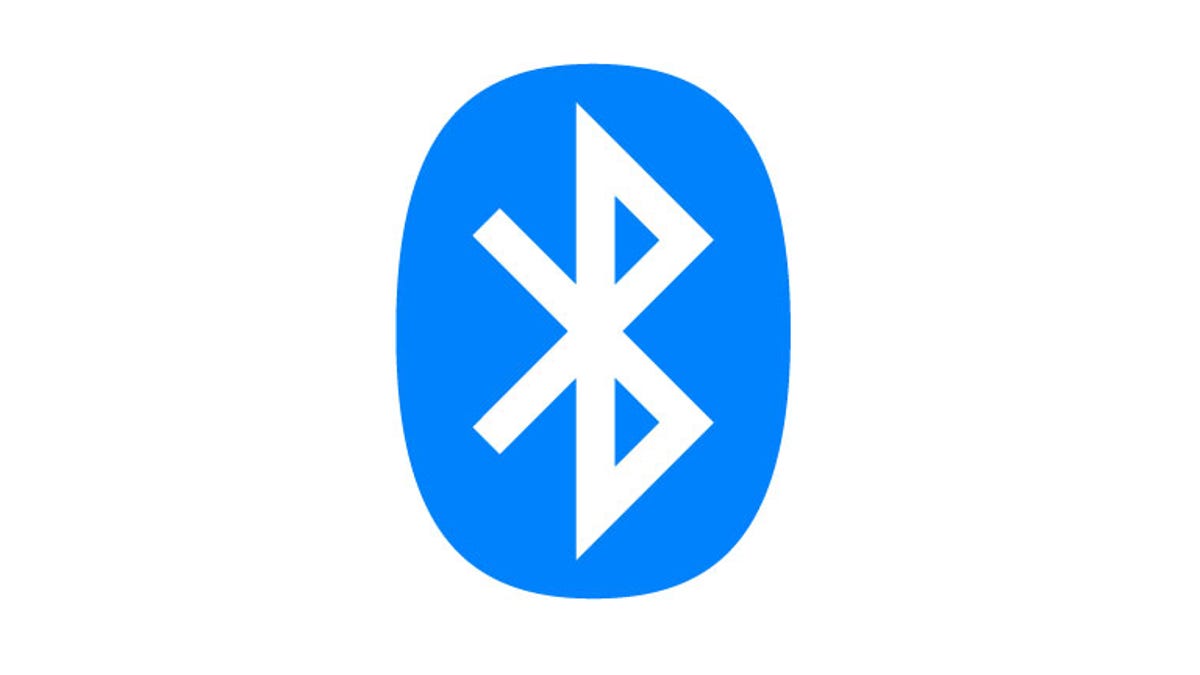New Bluetooth better at traveling through walls
Expect doubled speeds and quadrupled range to arrive in wireless gadgets in 2017, but audio fixes will have to wait another year.

The Bluetooth logo is made of runes emblematic of its Nordic roots.
Bluetooth has become essential for connecting your fitness tracker to your phone or your wireless keyboard to your PC.
But the technology has plenty of problems, too. For example, if you just bought a Nikon D3400 and use Bluetooth to transfer its photos to your phone, you'll be limited by Bluetooth's transfer speed of 1 megabit per second -- slow enough that the camera will only send a low-resolution 2-megapixel version of the photo, not the 24-megapixel original.
The technology is about to get better, though. On Wednesday, the industry consortium behind the wireless connection technology announced it's finished the new Bluetooth 5 technology. Its two big advantages -- doubled data-transfer speeds and quadrupled network range -- should start arriving on the market in coming months.
Locating local internet providers
That's great news if you have trouble getting your sleep monitor in the bedroom to connect to your phone in the home office. And it'll make it easier to link up your smart-home devices with Bluetooth, said Mark Powell, executive director of the Bluetooth Special Interest Group, the trade group that develops the technology.
Smart-home networking
Imagine sticking a Bluetooth-powered light switch anywhere you want it.
Locating local internet providers
With quadruple the range, a central Bluetooth controller can cover an entire house, not just adjacent rooms, Powell said. And doubling the speed means you only need half the power to send a given amount of data. "A coin battery will last you three to five years," Powell said.
Bluetooth isn't perfect. I couldn't ever get my phone to pair with my last car, for example, and my current car's in-dash computer reboots every time I play a podcast over Bluetooth. But it's a major force in the tech industry. Of the 48 billion new internet-enabled devices ABI Research expects will be installed by 2021, almost a third will have Bluetooth.
Unfortunately, Bluetooth 5 won't yet help with the widespread use of Bluetooth connections between devices like wireless speakers and earbuds . That's because Bluetooth 5 is an extension of today's Bluetooth LE, a low-energy version designed to go easy on your phone's battery, while Bluetooth audio uses an earlier higher-power version. Be patient if you want improvements here. The Bluetooth developers plan to modernize the audio technology in 2018.
"The organization is in the thick of some work to move all the audio applications onto the low-energy radio," Powell said. The result should be lower power consumption, shorter delays when starting to play music and better sound quality through new compression technology. The first priority, though, will be Bluetooth-powered hearing aids, he said.
In the works: mesh networking
Another Bluetooth improvement in the works is mesh networking, which will extend Bluetooth range by letting devices cooperate. Network data can hop from one device to another to reach the ultimate destination like relay race runners passing a baton. Lots of short distances are easier to bridge than one long one.
Mesh networking should help the push to the internet of things, or the idea that anything from streetlights to light bulbs get network connections. Powell expects Bluetooth will mean that unlocking your door will send a message to turn on your lights automatically, and then to turn them off when you leave home.
He's not the only smart-home Bluetooth advocate. Startup Cassia Networks also has high hopes for Bluetooth links throughout the home, but there are competing technologies. Wi-Fi, which is ubiquitous and already in higher-powered devices like phones and PCs, offers fast data transfer and good range. But Wi-Fi eats up a lot of battery power. Meanwhile, ZigBee is customized for connecting lots of low-power devices, but it's even slower than Bluetooth at transferring data.
It's not yet clear which standards will prevail. But if you're building a smart home , it's a good bet you'll have to worry whether all your gadgets will be able to talk to one another.

